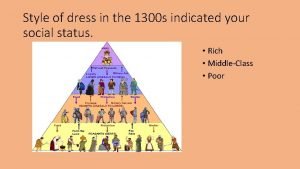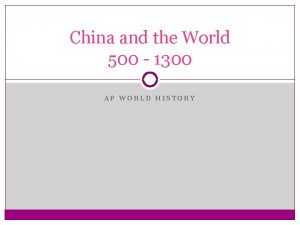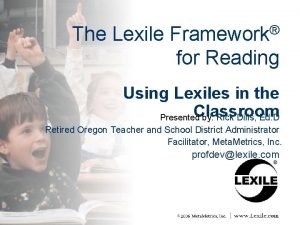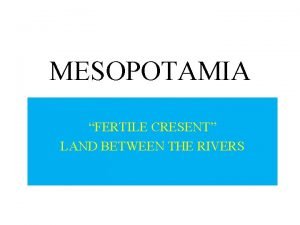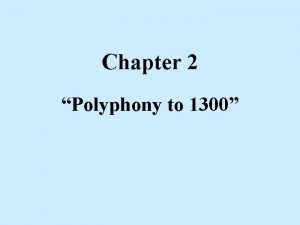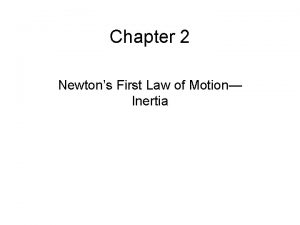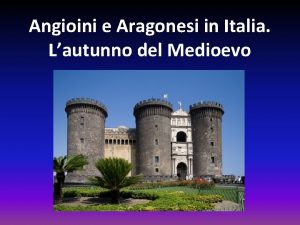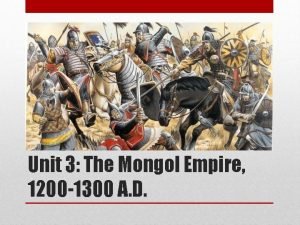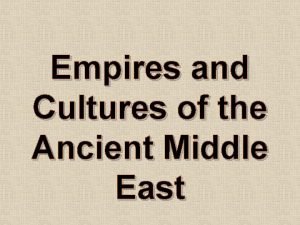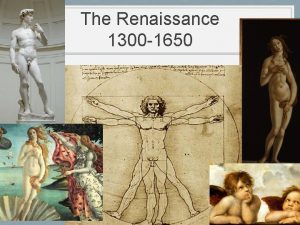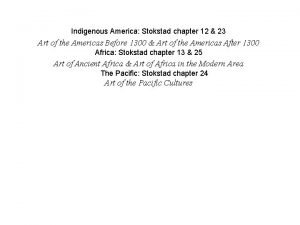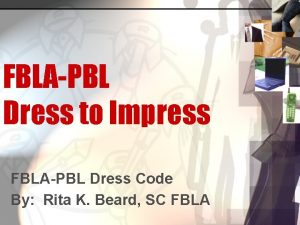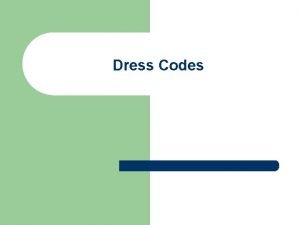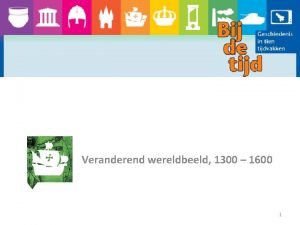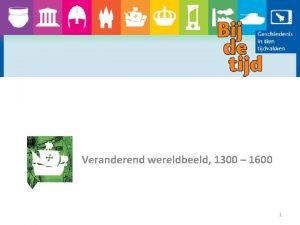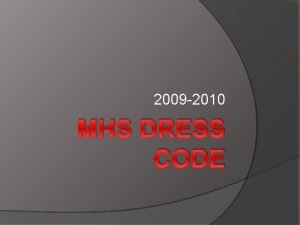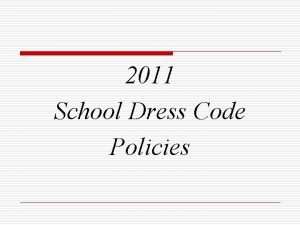Style of dress in the 1300 s indicated














- Slides: 14

Style of dress in the 1300 s indicated your social status. • Rich • Middle-Class • Poor

The Canterbury Tales Reveal Fashion “Laws” • No matter what you wear, or when you live, your clothes say a lot about… • Personalities • Position on the Social Ladder • who you are • Attempts at modesty or • where you fit in deception • what you aspire to be. • Fashion choices show a character’s. . .

Direct Characterization • Direct Statements about the character • EX. He was “a great stout fellow big in brawn and bone. ”

The Prologue to The Canterbury Tales Literary Focus: Characterization Chaucer uses indirect characterization when he tells how each character • looks and dresses This yeoman wore a coat and hood of green, And peacock-feathered arrows, bright and keen • speaks and acts Her greatest oath was only “By St. Loy!” • thinks and feels And gladly would he learn, and gladly teach.

Indirect Characterization • Doesn’t use Direct Characterization. • Implied Characterization Uses… • Actions (What they do) • Thoughts (What they think) • Dialogue (What they say) • Reactions (How others react to the character)

The Prologue to The Canterbury Tales Literary Focus: Characterization Chaucer uses indirect characterization when he tells how each character • looks and dresses This yeoman wore a coat and hood of green, And peacock-feathered arrows, bright and keen • speaks and acts Her greatest oath was only “By St. Loy!” • thinks and feels And gladly would he learn, and gladly teach.

A Prologue • a separate introductory section of a literary or musical work.

The Prologue in The Canterbury Tales… • Establishes a Frame Story • A Frame Story is a literary technique that creates a story within a story • An introductory or main narrative is presented for the purpose of setting the stage for a more emphasized second narrative

The Prologue to The Canterbury Tales Frame Story A frame story is a literary device that binds together several different narratives. It is a story (or stories) within a story. • In The Canterbury Tales, the pilgrims’ journey is the outer story. • The tales the pilgrims tell are stories within a story. • The tales themselves also have thematic unity. [End of Section]

The Prologue to The Canterbury Tales by Geoffrey Chaucer Twenty-nine pilgrims are on their way to the shrine of Saint Thomas à Becket in Canterbury. The time is April, and the place is the Tabard Inn in Southwark (SUTH erk), just outside London Canterbury [End of Section]

The Prologue to The Canterbury Tales Reading Skills: Analyzing Style: Key Details Chaucer had twenty-nine characters to introduce, so he couldn’t develop any one character at great length. Instead, he provided a few wellchosen details that would make each character stand out vividly.

The Prologue begins in The Spring Imagery and Themes of the First 18 Lines • The Prologue begins with references to beginnings • Many images of rebirth and renewal • April itself is often presented as a time of rebirth • Spring is the perfect time to start a pilgrimage

The Characters • • • The Knight The Squire The Yeoman The Nun (Prioress) The Monk The Friar The Merchant The Oxford Cleric The Sergeant at the Law The Franklin The Tradesmen - The Haberdasher, The Dyer, The Carpenter, The Weaver, The Carpet-maker • The Cook • The Doctor • The Woman of Bath • • The Parson The Plowman The Miller The Manciple The Reeve The Summoner The Pardoner The Host (The Wife of Bath)

The Characters • Some Characters are idealized meaning some appear “perfect” examples of their type • These characters highlight behaviors that should be copied. • Some characters are frauds and con artists who show some of the typical examples of their type. • These characters highlight behaviors to be avoided.
 1300s dress
1300s dress Sui dynasty definition ap world history
Sui dynasty definition ap world history Lexile levels by grade
Lexile levels by grade What is a continuous feed printer
What is a continuous feed printer What does fertile cresent mean
What does fertile cresent mean Besar sudut pusat segi enam beraturan adalah
Besar sudut pusat segi enam beraturan adalah The time of rebirth
The time of rebirth 1300 notre dame
1300 notre dame If burl carries paul piggyback
If burl carries paul piggyback Si concluse nel 1300 02 con la pace di caltabellotta
Si concluse nel 1300 02 con la pace di caltabellotta The mongol empire spans eurasia worksheet answer key
The mongol empire spans eurasia worksheet answer key 1300-612 bce
1300-612 bce Borgias and medicis
Borgias and medicis Art of the americas before 1300
Art of the americas before 1300 Row major formula
Row major formula
